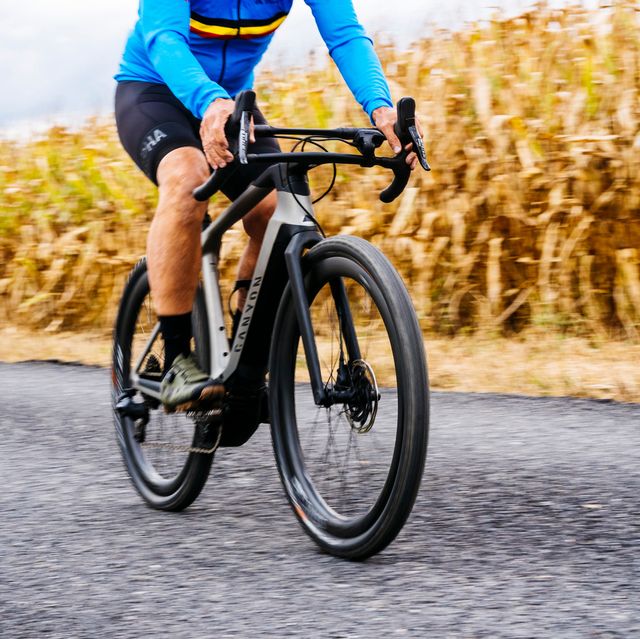
One of the biggest debates about e-bikes is how they compare to walking. Although both forms of exercise are great for overall health, the energy used to pedal a plain bike is higher than that of an e-bike. For example, a person 150 pounds can burn 430 to 560 calories per hour while pedalling a regular bike. A pedal-assist e-bike, on the other hand, only requires about half the energy. As a result, riders burn about the same amount of calories as they would if they were briskly walking.
While an e-bike will burn about the same number of calories as brisk walking, its energy expenditure is less than consistent light jogging. Nevertheless, riding an e-bike is much easier on your body than walking. Both are excellent for your health, but the e-bike is more convenient and faster.
The second major difference between walking and cycling is the type of terrain. When it comes to walking, the terrain is usually flat, so the impact on your joints and knees is much higher. As an e-bike rides on the ground, its weight is much lighter than that of a conventional bicycle. In addition to the obvious differences in energy expenditure, e-bike riding helps you incorporate exercise into your daily routine and keep fit.
The most obvious advantage is the benefits of being able to ride. Walking is low impact, but it takes a long time. You will be able to exercise for longer periods of time while not exerting much effort. However, if you are concerned about a workout, an e-bike will help you reach your goals without being a hindrance. It can also be an enjoyable way to get around town.
Compared to walking, e-bikes are more comfortable and are more accessible than walking. As with walking, an e-bike is a great option for those who are not able to walk or are not very mobile. Even people with mobility issues can benefit from an e-bike as it is as healthy as a standard bike. But there are some advantages to cycling as well.
The e-bike will allow you to control the intensity of your exercise. Whether you prefer a high-intensity workout or a low-intensity one, you can select the intensity that works best for you. With the added benefit of e-bikes, you can enjoy a much more relaxing experience than walking.
In terms of calorie burn, walking and e-bikes are comparable. Both require continual pedalling, so the intensity of your workout is similar. While e-bikes may be a good option for people who want to exercise more often, they will still be less likely to sweat if they choose to do so.
A person can easily incorporate an e-bike into their daily life and still reap the benefits of a healthier lifestyle. The e-bikes will help them reach their fitness goals and be less stressful on their bodies than walking. They also improve cardiovascular fitness.
An e-bike has many benefits, including improved fitness levels. Compared to a walk, an e-bike requires less physical activity and more energy. It can decrease your time by 35 percent on steep terrain, but only 15 percent on flat terrain. This means that your time in physical activity will be shortened, but you will not experience the full activity substitution effect. However, there are some disadvantages to an e-bike.
The major disadvantage of using an e-bike is that it involves less physical activity than walking. When compared to a typical walk, e-bike rides result in a lower MET score. While the benefits of walking are clear, they can be difficult to incorporate into your daily routine.
